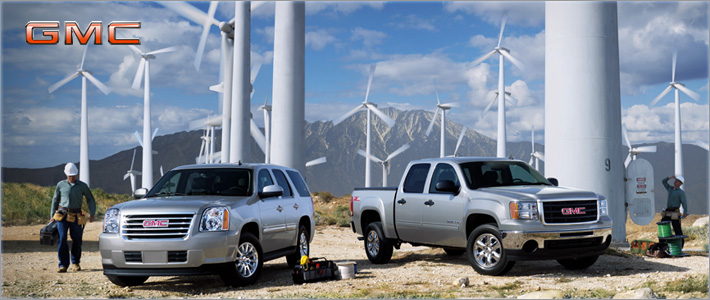
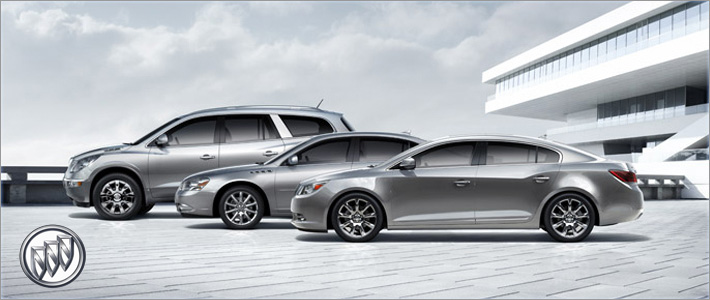
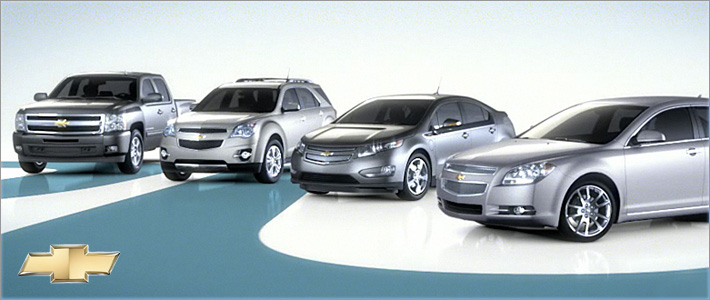
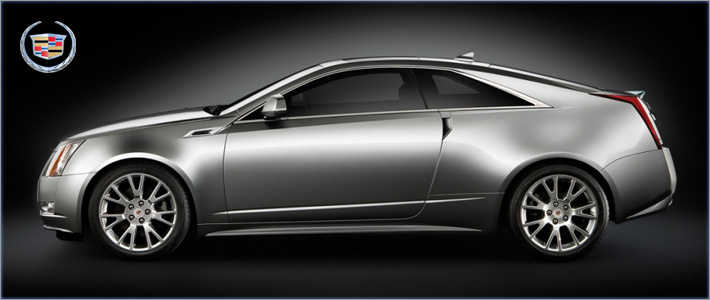
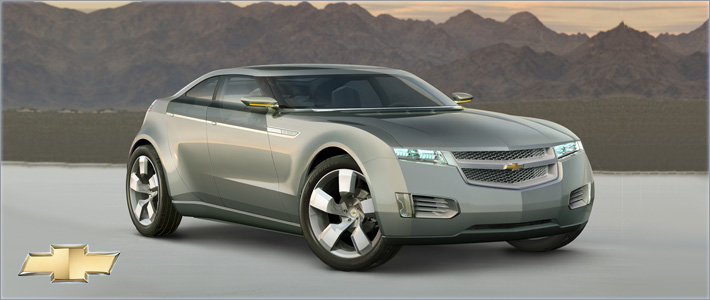
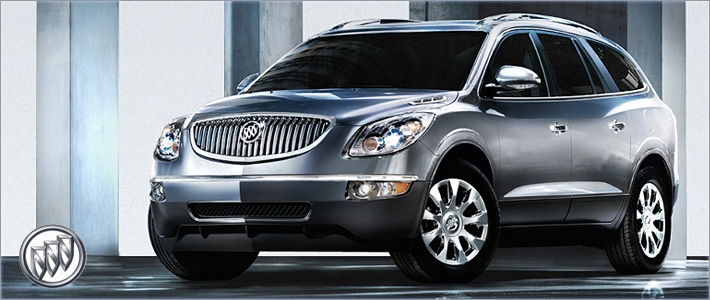
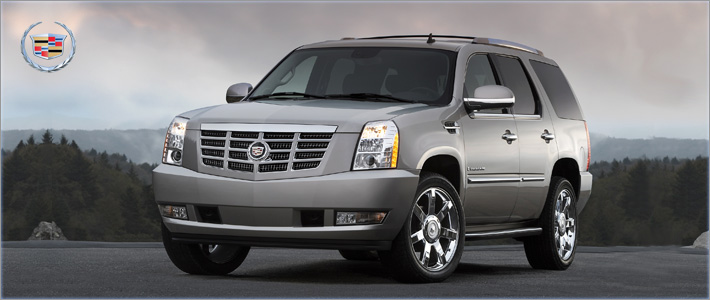
Buick Rendezvous - The Power of General Motors
 Though the Buick brand isn't exactly known for being much of a trendsetter, it entered the midsize crossover market pretty early in the game. At its debut for the 2002 model year, the Buick Rendezvous was touted as a cross between a luxury sedan, an SUV and a minivan. Unfortunately, Buick never came close to perfecting the combination in the Rendezvous. Rather than update the Rendezvous, Buick decided to halt production midway through the 2007 model year. For consumers aware and accepting of this vehicle's faults, it could still prove to be an affordable, practical choice for a family vehicle, primarily on the used car market. But we think the vast majority of shoppers will be better served by other midsize crossovers, not the least of which is the new Buick Enclave SUV.
Though the Buick brand isn't exactly known for being much of a trendsetter, it entered the midsize crossover market pretty early in the game. At its debut for the 2002 model year, the Buick Rendezvous was touted as a cross between a luxury sedan, an SUV and a minivan. Unfortunately, Buick never came close to perfecting the combination in the Rendezvous. Rather than update the Rendezvous, Buick decided to halt production midway through the 2007 model year. For consumers aware and accepting of this vehicle's faults, it could still prove to be an affordable, practical choice for a family vehicle, primarily on the used car market. But we think the vast majority of shoppers will be better served by other midsize crossovers, not the least of which is the new Buick Enclave SUV.
The main problem was that the Buick Rendezvous didn't offer the level of interior design and driving excitement that luxury car buyers typically look for. And although Buick's crossover was available in five-, six- and seven-passenger seating configurations and had the requisite fold-flat third-row seat, it was too small to appeal to minivan buyers -- and it didn't have much of a styling advantage anyway. An optional all-wheel-drive system did make it a less costly alternative to true SUVs for buyers needing a snow vehicle, but otherwise this Buick wasn't particularly rugged. Over the years, the Rendezvous fell behind the rest of the crossover SUV crowd, which exploded into a very competitive market dominated by the leading import brands.
 Neither the 3.4-liter nor the 3.5-liter engine was particularly competitive when it came to response or refinement, and the four-speed automatic's wide gear ratios didn't take full advantage of their power reserves. Although Rendezvous models equipped with the 3.6-liter V6 still had this old-tech transmission, they felt much stronger during passing and merging maneuvers. The 3.6-liter's power delivery was smoother and quieter as well.
Neither the 3.4-liter nor the 3.5-liter engine was particularly competitive when it came to response or refinement, and the four-speed automatic's wide gear ratios didn't take full advantage of their power reserves. Although Rendezvous models equipped with the 3.6-liter V6 still had this old-tech transmission, they felt much stronger during passing and merging maneuvers. The 3.6-liter's power delivery was smoother and quieter as well.
Sold from 2002 through the first half of 2007, the Buick Rendezvous was typically offered in two basic trim levels, CX and CXL. There was also a high-line Rendezvous Ultra model in 2004 and 2005. Since Buick considered the Rendezvous a premium crossover, even the base CX trim came with a decent list of standard Buick Rendezvous Accessories, including keyless entry, power accessories, air-conditioning and a CD player. The Rendezvous CX came with a five-passenger seating arrangement. Although the Rendezvous' interior design and materials were better than most General Motors fare of the time, it wasn't quite up to import-brand standards. It was, however, one of the roomier crossover SUVs on the market, with plenty of passenger room in the front and back. It wasn't quite a minivan substitute, though, as the third row was best left to the kids. Cargo room was generous, too (with a maximum capacity of 109 cubic feet), though Buick's packaging of the third-row seat made for an uneven load floor.
 Three different engines were offered on the Buick Rendezvous, and all were paired with a four-speed automatic transmission. For 2002 and '03, the only choice was a 3.4-liter V6 with 185 horsepower and 210 pound-feet of torque. Acceleration was sluggish, but fuel economy was above average for this class. In 2004 and '05, you could get either this engine or, on the Ultra model, a more sophisticated 3.6-liter DOHC V6 good for 245 hp and 235 lb-ft of torque. For 2006, Buick replaced the old 3.4-liter with a more vigorous 3.5-liter V6 rated at 201 hp and 216 lb-ft of torque. It still wasn't a very refined engine for this class, but acceleration was improved. The 3.6-liter V6 remained optional for '06, but was discontinued at the end of the model year. All-wheel drive (AWD) was available on all 2002 Rendezvous models. Oddly, AWD was discontinued altogether for 2007, making the Buick Rendezvous the only crossover SUV not to offer any kind of all-weather capability. In road tests the Rendezvous is similar to most other Buicks in its driving characteristics, which is to say it focused on comfort at the expense of road feel. The vehicle's handling was sloppy, with considerable body roll around most corners.
Three different engines were offered on the Buick Rendezvous, and all were paired with a four-speed automatic transmission. For 2002 and '03, the only choice was a 3.4-liter V6 with 185 horsepower and 210 pound-feet of torque. Acceleration was sluggish, but fuel economy was above average for this class. In 2004 and '05, you could get either this engine or, on the Ultra model, a more sophisticated 3.6-liter DOHC V6 good for 245 hp and 235 lb-ft of torque. For 2006, Buick replaced the old 3.4-liter with a more vigorous 3.5-liter V6 rated at 201 hp and 216 lb-ft of torque. It still wasn't a very refined engine for this class, but acceleration was improved. The 3.6-liter V6 remained optional for '06, but was discontinued at the end of the model year. All-wheel drive (AWD) was available on all 2002 Rendezvous models. Oddly, AWD was discontinued altogether for 2007, making the Buick Rendezvous the only crossover SUV not to offer any kind of all-weather capability. In road tests the Rendezvous is similar to most other Buicks in its driving characteristics, which is to say it focused on comfort at the expense of road feel. The vehicle's handling was sloppy, with considerable body roll around most corners.